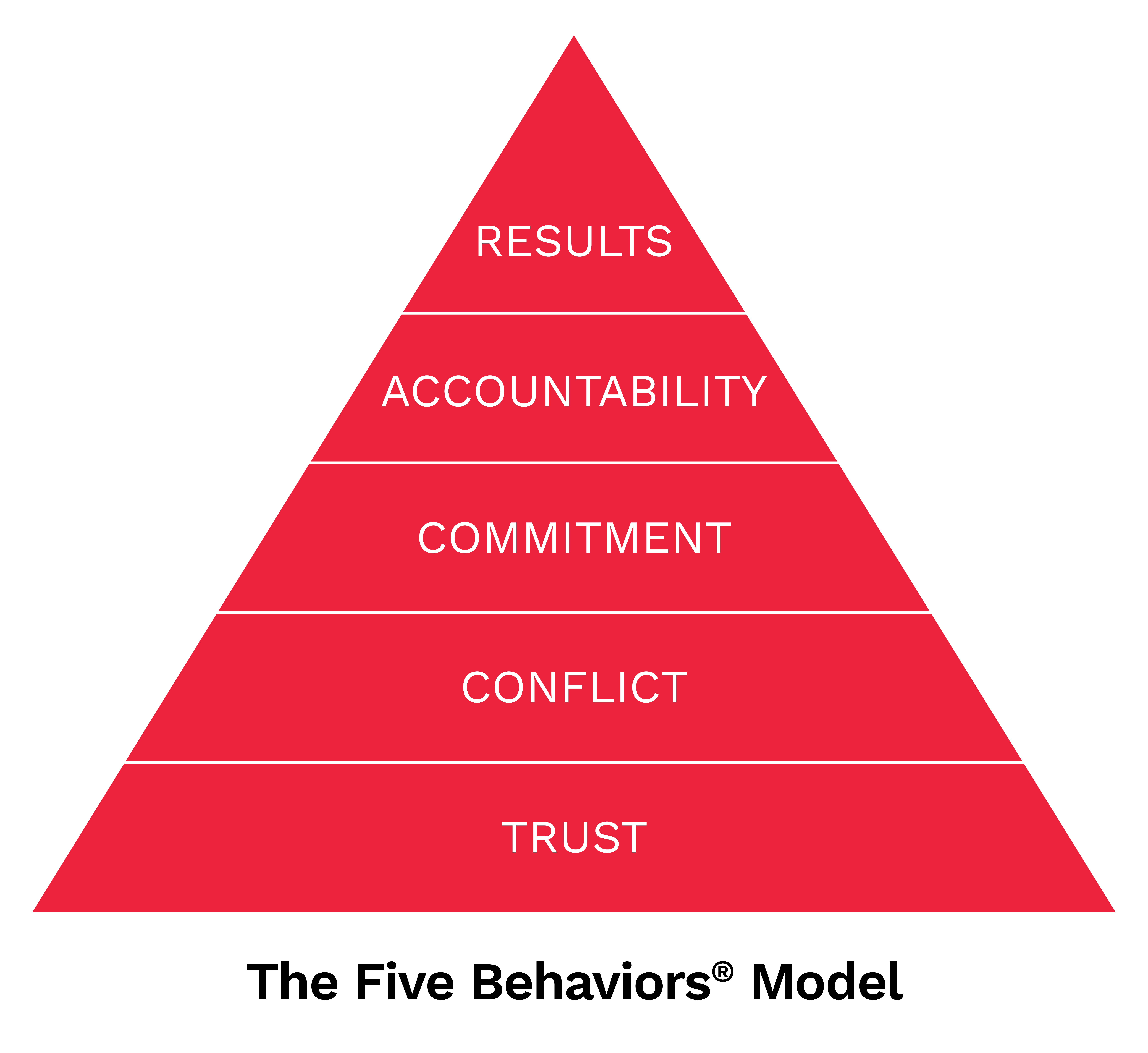You may know the famous beginning to Anna Karenina: “All happy families are alike; each unhappy family is unhappy in its own way.” Perhaps this is true of workplaces as well. If you’ve spent any amount of time working with other humans, you’ve likely witnessed an almost infinite array of behaviors that sap resources and contribute to dysfunction.
All the bad habits that drain company culture—gossip, cynicism, passive-aggressive communication, and so many more—have the same root cause: human insecurity.
This is the argument in an eBook by Mark Scullard, PhD, who is an organizational psychologist and has been leading research and product innovation at Wiley since 2003. In The Invisible Drain on Your Company’s Culture (PDF), Scullard discusses insecurity not just as passing self-doubt, but as a fundamental and lifelong conflict inside of us all. “Am I a good person? Am I valuable?” These fears are central to how we perceive ourselves, but so weighty that we push them aside in order to get through our days.
You struggle with insecurity. I struggle with insecurity. Beyoncé and the Dalai Lama struggle with insecurity. “Insecurity,” Scullard writes, “is the human condition.” It’s so pervasive that it actually becomes as invisible to us as water to fish.
Insecurity is not a character flaw
When was the last time you heard a coworker refer to themselves as insecure? In many workplaces, admitting to a lack of self-confidence is treated as a sign of weakness. So we learn to hide it. This leads to people thinking they are alone in having self-doubt. In fact, they’ve likely hidden it so well they can’t see how it’s driving their own behaviors, let alone the behaviors of their colleagues.
“At work,” Scullard writes, “we pretend that insecurity is something we should have outgrown, a leftover of adolescence. When we do mention it, we regard it as a character flaw. We treat insecurity as an insult or as a way of dismissing someone. ‘Oh, he’s just acting like that because he’s insecure.’”
Treating insecurity as a weakness rather than a universal experience causes harm to company culture and precludes an environment of trust.
But isn’t insecurity a personal issue, not a professional one? Shouldn’t people work through their baggage on their own time? The belief that people are able to turn off what makes them human when they walk into or log in to the office, showing up as pure professional machines, has thankfully been diminishing in recent years.
Instead, there is increased attention to work-life balance, accommodating various work styles and personalities, and generally treating working humans less like robots. Though many of us have “work personas” and “outside-of-work personas,” they’re both variations of our human self, and it’s naive to think they don’t overlap. Your workplace is full of people who habitually worry about their place in the world, and there’s no benefit in pretending otherwise. In fact, there’s quite a bit of harm.
How insecurity erodes culture
Scullard gives examples of how insecurity can manifest at work, including gossip, territorialism, cliques, cynicism, defensiveness, fear of risk, hiding mistakes, resistance to change, passive-aggressive communication, withholding information, avoiding feedback, false consensus, and pocket vetoes. Consider whether any of these sound familiar:
- We think someone might be encroaching on our area of contribution, so we block access to information they need (territorialism).
- Someone’s offhand comment makes us think they don’t value what we do, so we disparage them to a coworker (gossip).
- We don’t want to be labeled combative for not agreeing with the teams’ decision, so we keep our mouth shut (false consensus).
And, of course, there are the myriad ways we accommodate our own and others’ insecurity, often without realizing that’s what we’re doing:
- We invite someone to a meeting just so they won’t feel slighted.
- We include an exclamation mark in an email so the tone comes across as more friendly.
- We quietly redo a colleague’s work rather than give them candid feedback.
- We reorder the recipients of a group email so certain people won’t feel like an afterthought.
- We ask for feedback we don’t need so a manager feels consulted.
How exhausting! When thought of this way, it’s easy to understand how, “drip by drip” as Scullard says, these actions act as “a steady drain on efficiency, communication, transparency, engagement, creativity, and objective decision-making.” Decisions suffer. Innovation suffers. People suffer, and sometimes leave.

Trust is the foundation for everything else
In Patrick Lencioni’s time-tested Five Behaviors model, the base of the pyramid, and the foundation on which all other behaviors rest, is trust.
There are various ways to build trust, but one Lencioni and his team have been using consistently for decades is group discussion around personality assessment results. He writes: “Some of the most effective and lasting tools for building trust on a team are profiles of team members’ behavioral preferences and personality styles. These help break down barriers by allowing people to better understand and empathize with one another.”

Personality assessments like DiSC®, especially paired with a classroom component, are proven effective at mitigating ever-present insecurities that drain company cultures. Participants can hear about the experiences, preferences, and quirks of their colleagues, and better understand how personality drives their behavior. Participants also get a chance to hear what coworkers value about them and why their personality style is important to the team. It creates a space to be vulnerable, which is essential for trust.
A huge step in addressing insecurity in the workplace is to position it as universal—to normalize the struggle. By doing this, we begin to free up the tremendous amount of energy it demands, and can redirect that energy to things that fulfill us.

